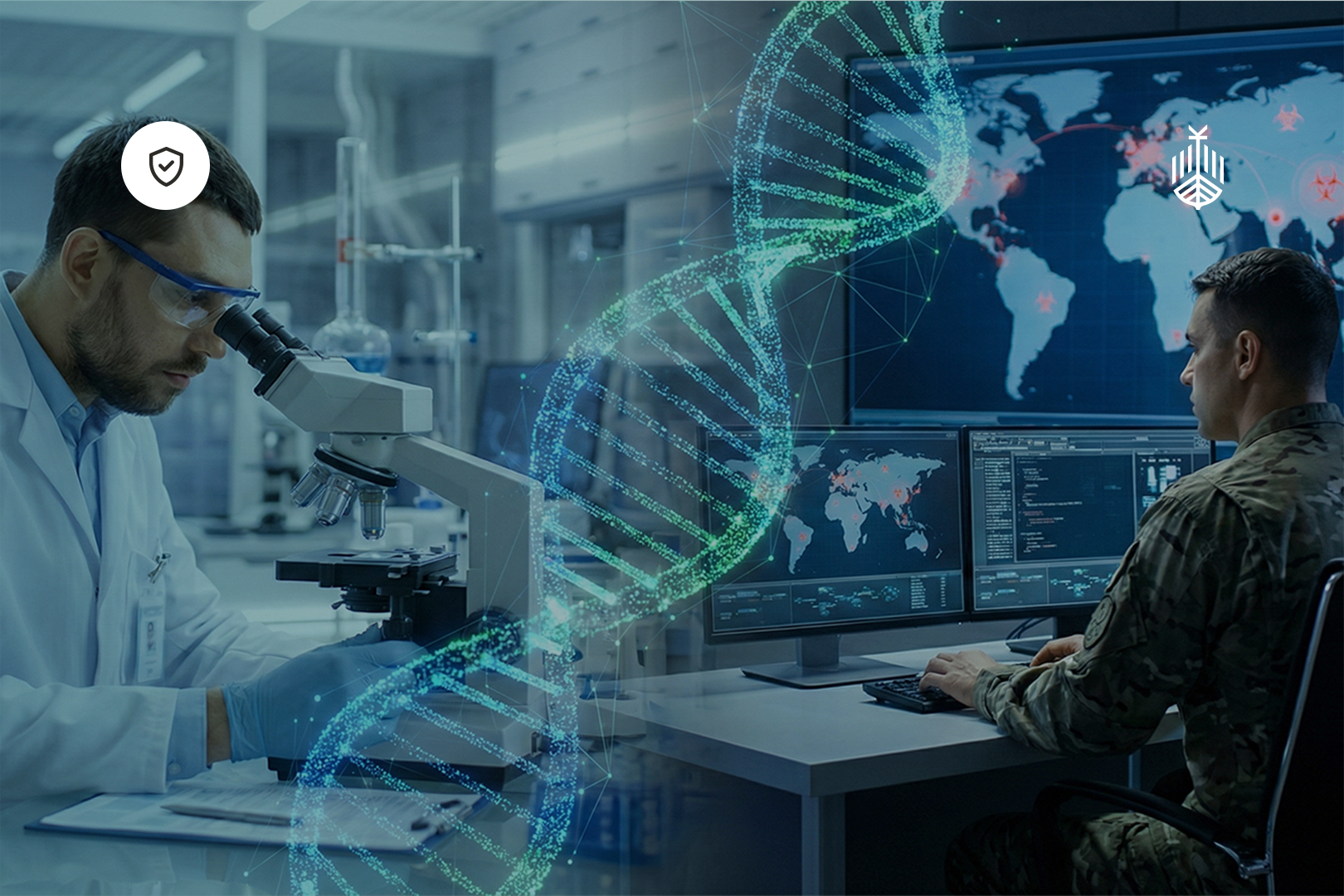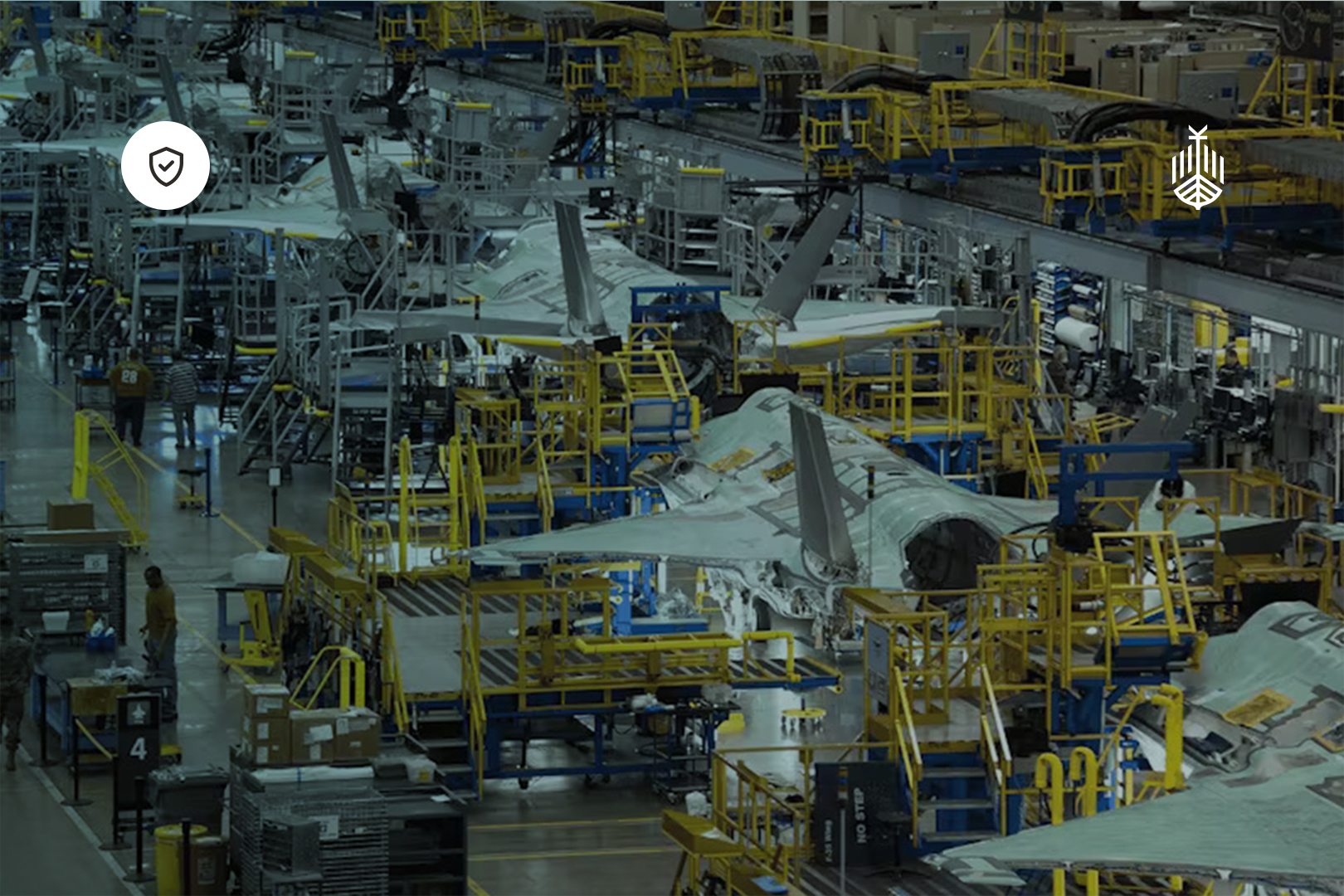The UK's public transportation sector is facing numerous challenges that impact its efficiency and effectiveness with the general public often suffering as a result. A skills shortage, ageing infrastructure and energy supply pressures are just a few of the issues that must be addressed in order to overcome these challenges.
In this article, Karve’s Transportation Director delves deeper into the challenges and aims to provide practical solutions for overcoming them. From overcoming the battle for talent to investing in new technologies, there are a number of strategies that can help improve the UK's public transportation sector. By working together, we can ensure that the UK has a robust and reliable transportation system that meets the needs of its citizens.
The battle for skilled talent
Big Infrastructure programmes like the UK’s high-speed railway network, like many sectors, face an emerging battle for talent: regionally, nationally and globally. Part of the challenge lies in understanding from the existing workforce where the gaps are and how best to take a long-term view of talent pipelines to secure often decade (and beyond) programmes of activity. In the transportation sector, and most notably also in healthcare, employers will be finding new and innovative ways to bridge the gap with increased emphasis on longer term workforce/pipeline planning.
Based on data from the British Chambers of Commerce, the Open University concluded in June 2022 that almost 90% of large employers and more than two-thirds of small and medium-sized enterprises are facing skills shortages.
In the UK the open door for EU talent plugging shortages has, of course, been closed and that will take a period of adjustment if we are to sustain public service levels, continuing the momentum of construction and infrastructure including HS2 and Hinkley Point C (plus the 8 new planned nuclear reactors in the UK to bridge our energy independence gap).
Emerging workforce solutions
Within this battle employers will be working hard to make an attractive employee proposition in infrastructure sectors, with a growth in starting salaries and on the job learning specifically engineering the main tactics being deployed. The transport and infrastructure sectors may have to do more with advertising and reaching new audiences (such as Gen Z on TikTok) to win the competition for a pipeline of talent and ensure a more diverse and resilient workforce.
In some instances we are also seeing a push for relaxation of mandatory recruitment requirements from experience and degrees, towards wider competency based recruitment which may be the natural solution; calls for this have already started.
The new normal for working practices
Very much linked to that battle set out above is the new normal in our core working as we emerge from the pandemic. Many of us have seen increasing flexibility as a mainstay and a core part of employees' consideration before accepting roles.
In that battle for talent, most employers are embracing new hybrid working practices as part of the employee proposition, such as PWC suggesting that 40-60% of an employee's time will be spent co-located with colleagues. Others are going further with Facebook anticipating 60% of their workforce working from home permanently by 2030. As we know Elon Musk is positioning himself with Twitter slightly differently with the expectation employees will make use of the sofa bed by the office coffee machine 6 times a week – he’s perhaps an outlier here, which makes a change!
What this certainly means is commuter trends are changing. In the UK, for example, local retail is booming but somewhat at the expense of inner-city coffee shops and retailers. Rail usage has seen a shift moving from a commuter core towards increased weekend rail use for leisure activities.
Suburbanisation and satellite town growth
With a global lens, we are seeing an increased suburban satellite town diaspora from Chile to Japan with towns and cities making a pitch for working age people to move out of congested urban spaces – whether that be in offering free childcare or advertising local open spaces.
As reported by the BBC; with a median age of 42, Europe is the oldest continent in the world. For decades, low birth rates and mass migration to urban centres such as London, Paris and Madrid have left small towns and secondary cities shrinking.
Embrace new technologies or see a fall in living standards
It wouldn’t be a 2023 trend analysis without including automation or AI as key disruptors to public sector industries. Often AI becomes a catch all term for new tech but really these solutions aren’t specifically new rather that usage is becoming more mainstream across sectors from automated number plate recognition to using google maps to navigate traffic congestion – it’s already here.
Artificial intelligence
What’s apparent is that, with an ageing population and little or no sign of people expecting a dip in public service provision, we have to embrace technology broadly, including AI, to fill gaps if we are to sustain or even improve productivity and, ultimately, our collective living standards.
It’s now a commonly bandied around phrase that “there will be two types of employees: those who work with and understand AI, who will thrive, and those who won’t.” Humans are sensible enough to overcome legitimate concerns about risks with AI, but if used properly it is likely to see the next large step up in our collective living standards.
Autonomous electric vehicles
Probably the biggest example in this space anticipating a big leap forward in 2023 is with driverless vehicle technologies, particularly in the distribution space, and the platform tech solutions that will further enable efficient supply chain distribution that will underpin new automated vehicles.
The use of automated electric vehicles is well underway for ‘on site’ activity – including in the electric haulage space and a steady step forward in transport network automation is likely in 2023. Volvo and Uber are partnering in Texas to explore this further in the space of goods as just one example, and a host of others from Tesla to Pony.ai in China are all well within this space too.
Robotics, drone usage and the final mile delivery
One other aspect of tech that seems to be getting a huge amount of focus with new innovation is in final mile delivery, often the most labour intensive aspect of the distribution network. Robotics and drones are now being widely trialled to fill that gap and further investment is anticipated in 2023 from many of the key players including Amazon and recently Walmart too (Source).
Energy pressures leading to sustainable freight transport
Finally, and back to our beloved railways, across Europe and beyond we are seeing railway increasing freight as a real global pattern, with rail’s strong sustainability credentials and global energy pressures making this such an attractive prospect to move goods around, in the continent.
Many people in the UK are unaware of the role HS2 will play in freight distribution in future as a core part of the business case and the need for a new North South high speed freight network ever increasing, it’s going to be a vital pipeline as well as bringing connectivity and capacity benefits. Even with existing networks in the UK more goods are likely to move by rail than ever in 2023.
Conclusion
It’s no secret that the UK's public transportation sector has been facing a number of challenges in recent times, including a shortage of skilled workers, ageing infrastructure and energy supply pressures.
To overcome these challenges, practical solutions are being proposed such as investing in new technologies and working together to improve the public transportation system but are they falling on deaf ears with management dealing with financial pressures?
Employers in the transportation sector are working to make their employee proposition more attractive with increased starting salaries and on the job learning opportunities. Remote work and suburbanization are changing commuter trends and the use of AI and autonomous electric vehicles is becoming more mainstream to improve productivity and living standards. Ultimately, the UK must embrace new technologies, including AI, to sustain or improve its public service provision and living standards.














